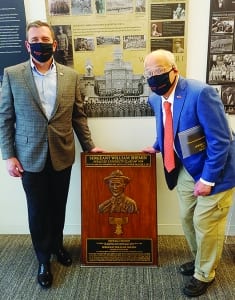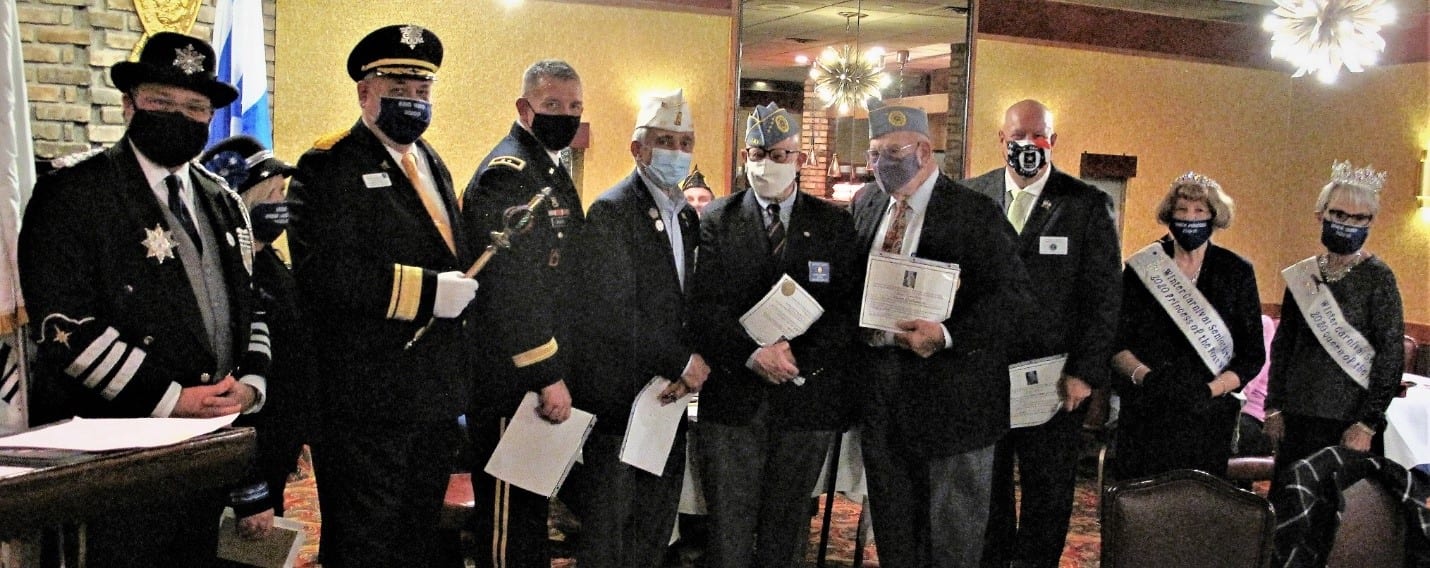Post: JWV Post 692 (Rockville, MD)
Military Service: U.S. Public Health Service, U.S. Navy, and U.S. Army
Member Since: 2017
1. Where and when did you serve in the military?
I served in the U.S. Navy between 1986 and 1997 at National Hospital in San Diego, California, NAS Moffett Field, NAS Alameda, CA and on the USS Carl Vinson. I served in the U.S. Army in the National Guard, Reserves, and on active duty between 1997 and 2009, and worked for the U.S. Public Health Service from 1999 to 2020.
2. Why did you join the military?
I joined the uniformed services initially because I wanted to serve my country. I also needed structure and a sense of purpose in my life. Back in 1986, I was living and working in London, England. After some thought, I decided I wanted to return to the U.S. and serve in the military, so I enlisted the U.S. Navy while I was in London at the U.S. Embassy.
Before living in England, I was in Israel. I lived on a Moshav in Israel called Moshav Tsofar and learned Hebrew while working and studying Hebrew on the Kibbutz, Mishmar HaNegev. Before going to Israel, I had completed two years of university and then dropped out of college to travel and go to Israel. I traveled outside of the U.S. for two years before moving to London. That’s where both my parents were born, and we lived there when I was a kid.
3. How did your Jewish faith impact your time in the service?
My Jewish faith definitely impacted my time in the service. While I was in the U.S. Navy, I served as a Jewish Lay Leader aboard the USS Carl Vinson from July of 1993 to January of 1997. During my time in the U.S. Army (Active/Reserves/Guard), I attended religious services and served as an informal Jewish Lay Leader. During my time in the U.S. Public Health Service from March 2009 to May 2020 I served as an informal Jewish Lay Leader. I led a Passover service during my deployment to Liberia in April of 2015.
4. Have you ever experienced anti-Semitism at home or abroad?
Yes. Most of the anti-Semitism I experienced involved remarks or comments, and what we would call micro aggression. Since I was outspoken about my Jewish identity and religious identity I was exposed more to anti-Semitic comments. However, I also received praise and people would come up to me and ask me about being Jewish. I also experienced a U.S. military and uniformed service that was and is Christian-centric. As a Jew and a member of a minority religion, I feel we struggle to make sure the Christian-centric U.S. Military and uniformed service doesn’t over influence our lives and practices. Whenever, Christmas would come around it was always a struggle to make sure those that celebrated the holiday didn’t dominate the conversation and the focus. When I was in Liberia, I conducted Jewish services. The Christians who led the services would tell me what they knew about Judaism even though they didn’t ask me why I am waiting for the messiah when he has already come. This type of conversation was not just typical in the Public Health Service but with practicing Christians in the Army and Navy. I don’t think these types of experiences are anti-Semitic, but they are biased and culturally insensitive.
5. Why did you join JWV?
I didn’t know about JWV before 2017. I found out about it from Anna Selman while stationed at the USPHS Headquarters in Rockville, Maryland. I was attending a Jewish Learning class at the local Jewish Community Center. After that, I went to a picnic for the local JWV post. When Selman then asked me to speak to children from a local Jewish school at the National Museum of Jewish American Military History, I was hooked.
6. How would you improve a current JWV program, or what type of program do you think JWV needs to add?
My goal is to be actively involved. I am currently the Chairman of the JWV Post-9/11 committee and an active member of the Rockville, Maryland post. I want to encourage, engage, and bring in more Jews into JWV; including Jews from all the uniformed services including the National Oceanographic Atmospheric Agency (NOAA) and United States Public Health Service (USPHS).
7. What is your favorite Jewish food?
Falafel. I love falafel. However, I grew up eating fresh bagels, fresh cream cheese, lox, and Kosher pickles. That is Jewish soul food!!!



